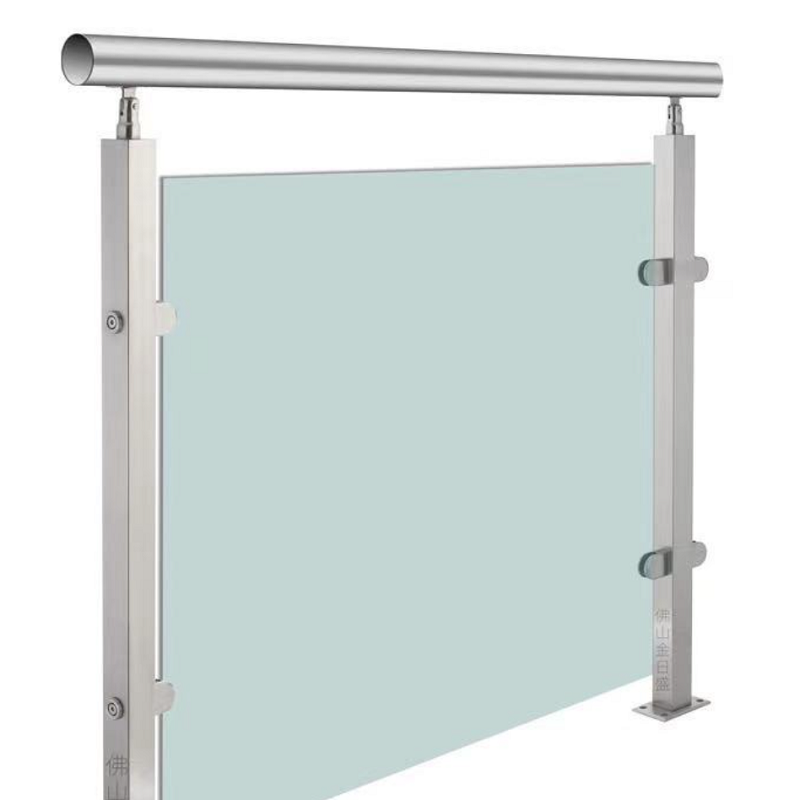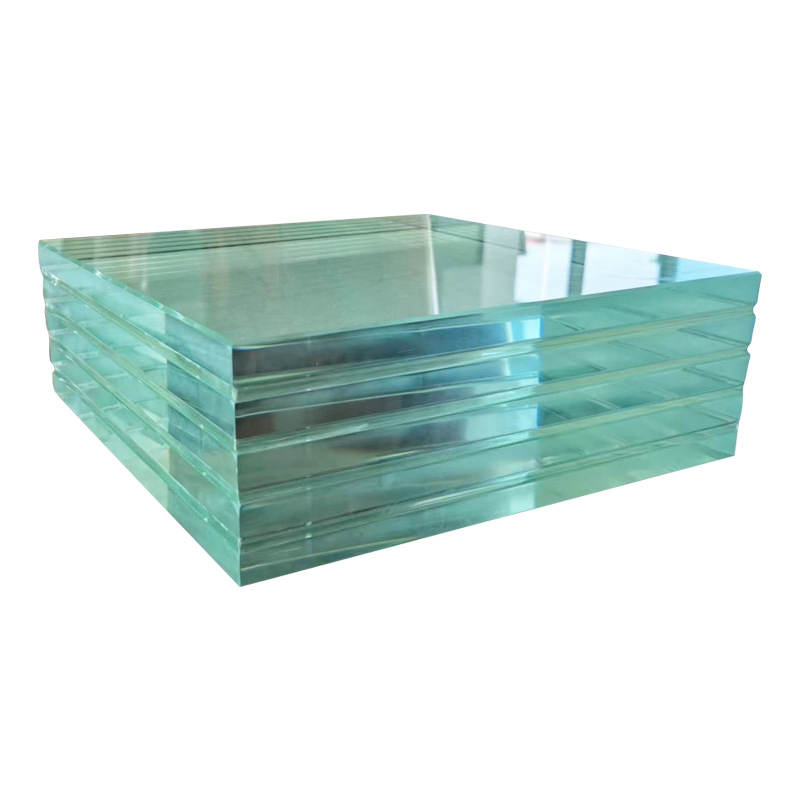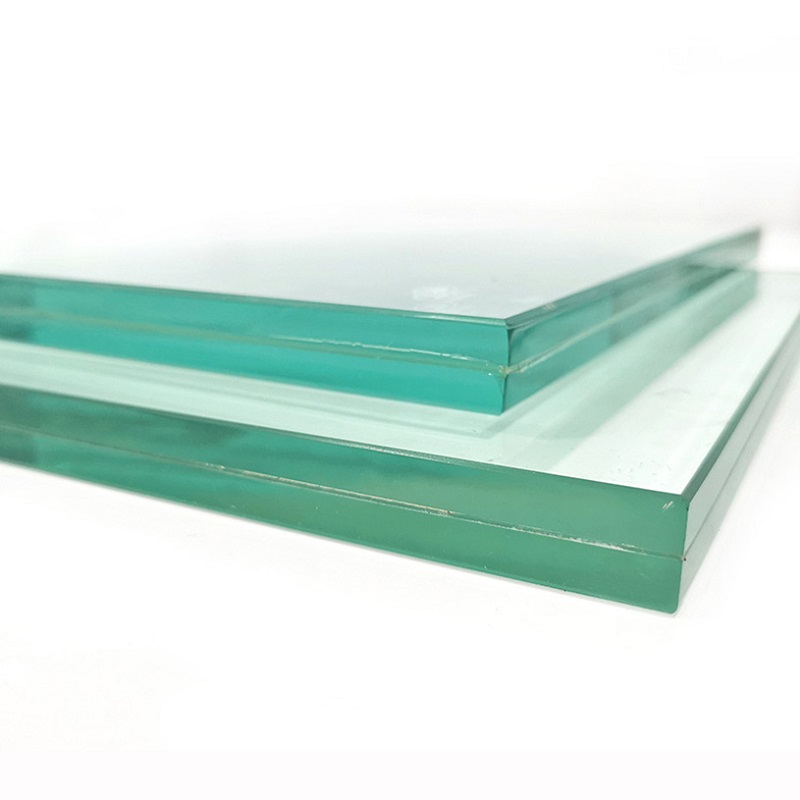Electrochromic glass is a type of smart glass that can change its transparency in response to an electrical charge, adjusting to external light conditions. This allows it to darken when exposed to bright light and return to transparency when the light is weaker.
Functionality and Applications
Automatic Transparency Adjustment: Electrochromic glass changes from transparent to dark when sunlight increases, blocking heat and light.
Energy Efficiency: It reduces the need for air conditioning in hot weather and minimizes heat loss in winter, improving the building's energy efficiency.
Comfort: It reduces glare and helps maintain a comfortable indoor environment by regulating light levels.

Impact on Buildings
Energy Savings: By controlling heat and light, electrochromic glass reduces the demand for cooling and heating, leading to energy savings.
Comfort: It improves indoor comfort by adjusting light intensity and reducing direct sunlight exposure, avoiding overheating and glare.
Privacy: It can also enhance privacy by becoming opaque when needed without manual intervention.
Case Example
Commonly used in glass facades, windows, and skylights of office buildings and hotels, electrochromic glass helps optimize sunlight, reduce energy consumption, and improve comfort.
Photovoltaic glass integrates solar cells into windows or facades, allowing buildings to generate electricity from sunlight while still maintaining aesthetic transparency. It converts solar energy into electricity, which can be used for the building or stored for later use.
Functionality and Applications
Energy Harvesting: Photovoltaic glass generates electricity from sunlight while maintaining transparency.
Aesthetic Integration: It is used in building facades, windows, and roofs, blending energy generation with design.
Energy Efficiency: In addition to generating power, it helps control solar heat gain, further improving energy efficiency.

Impact on Buildings
Sustainability: Photovoltaic glass reduces reliance on traditional electricity sources, helping buildings become more self-sufficient and lowering carbon emissions.
Energy Savings: By generating its own power, photovoltaic glass reduces the need for external energy, lowering electricity costs.
Green Architecture: It supports green building certifications and promotes sustainable design practices.
Case Example
Photovoltaic glass is used in commercial building facades, roofs, and windows, generating power while providing shading and energy efficiency.
Conclusion
Both electrochromic glass and photovoltaic glassoffer significant benefits in modern architecture. Electrochromic glass enhances energy efficiency and comfort by adjusting to light conditions, while photovoltaic glass enables buildings to generate their own renewable energy.





